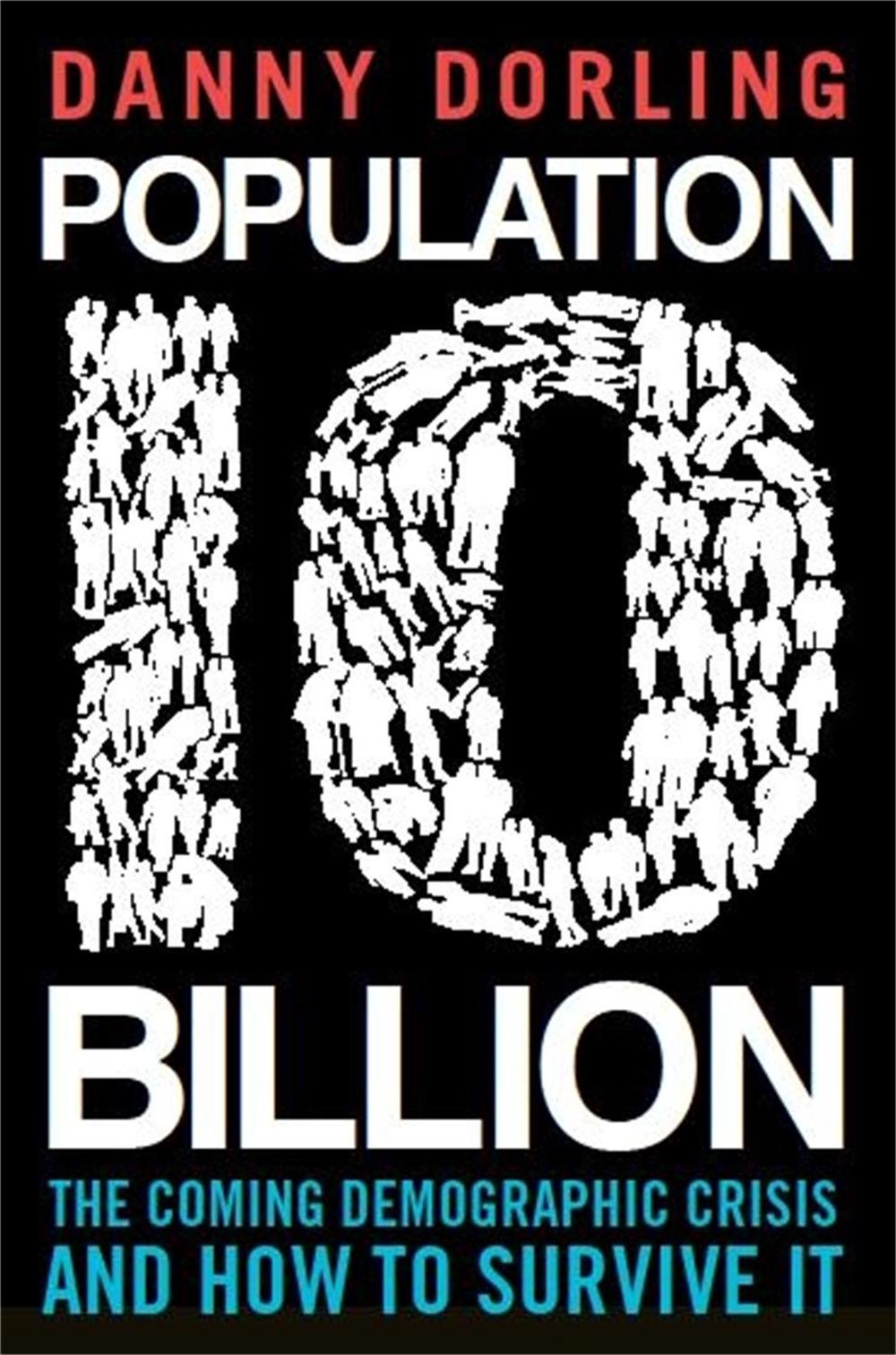
Population 10 Billion
$42.66
- Paperback
448 pages
- Release Date
10 June 2013
Summary
Population 10 Billion: Navigating a Crowded Future
Before 2011, experts predicted a peak of 9.1 billion people by 2100, followed by a decline. However, revised estimates suggest we’ll hit 9.1 billion much sooner, potentially reaching 10.1 billion by 2100, with continued growth beyond. Should we be worried? Is this the end?
Professor Danny Dorling offers a different perspective, suggesting we can face the future with measured optimism. He charts humanity’s growth to a populat…
Book Details
| ISBN-13: | 9781780334912 |
|---|---|
| ISBN-10: | 1780334915 |
| Series: | Tom Thorne Novels |
| Author: | Danny Dorling |
| Publisher: | Little, Brown Book Group |
| Imprint: | Constable |
| Format: | Paperback |
| Number of Pages: | 448 |
| Release Date: | 10 June 2013 |
| Weight: | 364g |
| Dimensions: | 134mm x 199mm x 29mm |
You Can Find This Book In
What They're Saying
Critics Review
A myth-busting analysis of population growth… refreshingly free of doomsday rhetoric.– The Guardian
Brilliant and persuasive. - Prospect
A myth-busting analysis of population growth… refreshingly free of doomsday rhetoric. - The Guardian
Dorling punctures many myths. - The Observer
About The Author
Danny Dorling
Danny Dorling is Professor for the Public Understanding of Social Science at the University of Sheffield. He is a Geographer and Honorary President of the Society of Cartographers. In 2009 he was awarded the Gold Award of the Geographical Association and the Back Award of the Royal Geographical Society. He has appeared on BBC TV programs on demography and frequently comments on public policy on radio.
Returns
This item is eligible for free returns within 30 days of delivery. See our returns policy for further details.




